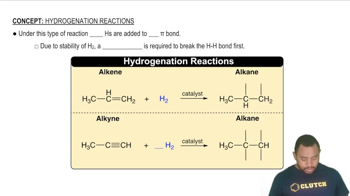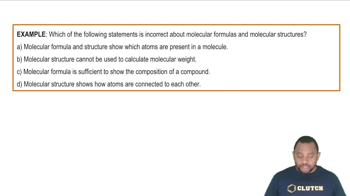Here are the essential concepts you must grasp in order to answer the question correctly.
Intermolecular Forces
Intermolecular forces are the attractive forces between molecules that influence physical properties such as boiling points. The main types include hydrogen bonding, dipole-dipole interactions, and London dispersion forces. Stronger intermolecular forces typically result in higher boiling points, as more energy is required to separate the molecules.
Recommended video:
Intermolecular vs Intramolecular Forces
Hydrogen Bonding
Hydrogen bonding is a specific type of strong dipole-dipole interaction that occurs when hydrogen is bonded to highly electronegative atoms like oxygen, nitrogen, or fluorine. In the case of water (H2O), the presence of hydrogen bonds significantly raises its boiling point compared to other similar compounds, such as H2S and H2Se, which lack this strong interaction.
Recommended video:
Molecular Weight and Structure
Molecular weight and structure also play a crucial role in determining boiling points. Generally, larger molecules with greater molecular weights exhibit higher boiling points due to increased London dispersion forces. However, the presence of polar bonds and the ability to form hydrogen bonds can override this trend, as seen in the comparison of H2O with the other compounds listed.
Recommended video:
Structural Formula Example
 Verified step by step guidance
Verified step by step guidance


